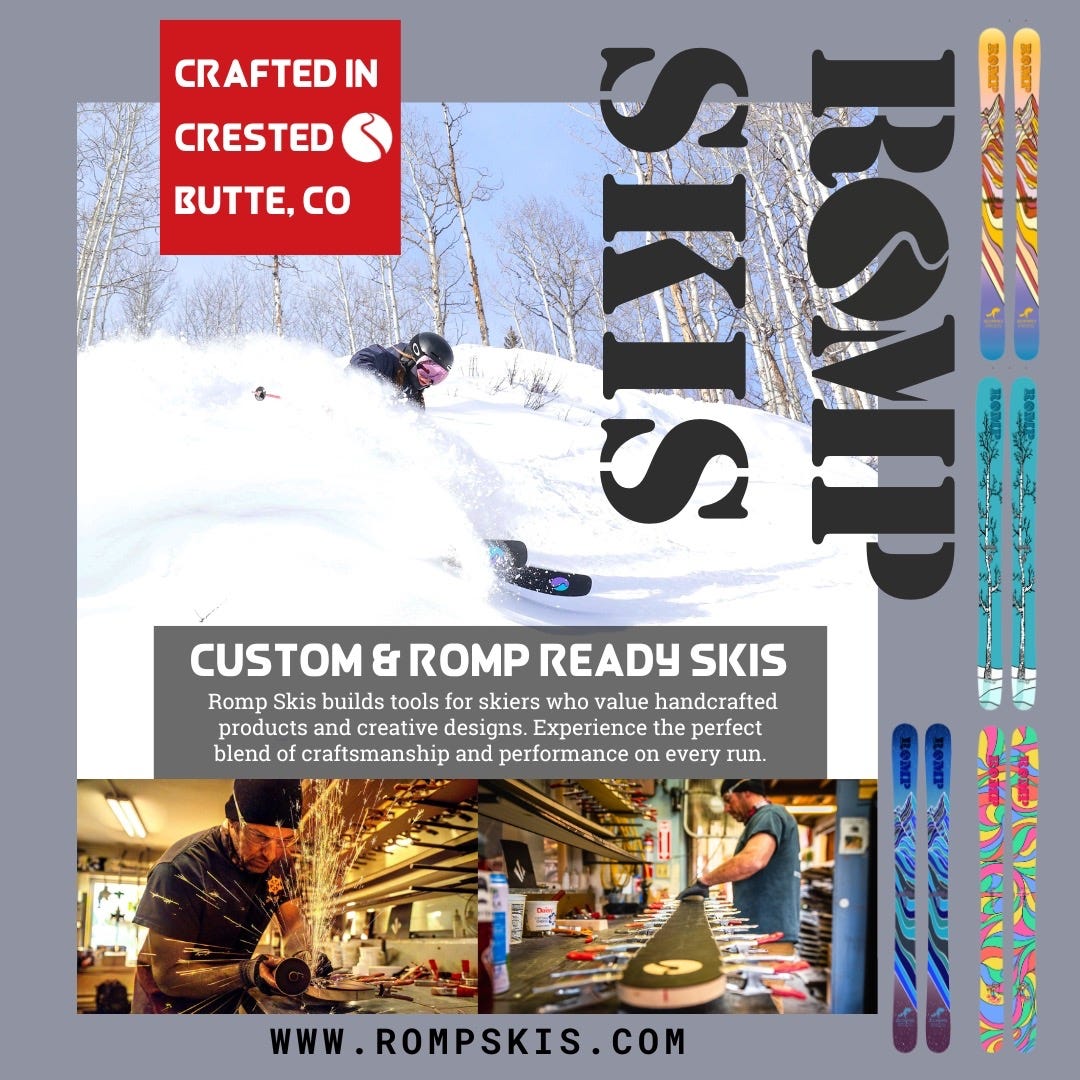Tips & Tricks for Tuning Gear: Keep Your Boards Prepped All Season Long
Ski writer Iseult Devlin shares tips and tricks
This article first ran in the Winter 2024 edition of City and Slope’s print Magazine
There’s no doubt about it! Getting your board or skis tuned can give you a real edge, especially when the snow is firm and icy. Yet, intermediate skiers and riders wonder how often boards need to be tuned and what are the best practices for keeping your edges fresh on the slopes.
Tuning experts like Matt Henshaw, ski tech and store manager for Equipe Sports, recommends a full tune once or twice a year so bases can be flattened to get them back to a factory-type textured finish. “Stone grinding bases flat allow the board surface to glide so smoothly,” Henshaw tells City and Slopes He adds that it’s important to keep edges in shape for easy turning, better performance and; most of all; way more fun. “Natural soft snow reacts to a ski a lot easier than frozen granular, whether it’s natural or manmade,” he said, explaining that manmade and icy snow conditions can wear edges out faster. That’s extra important for skiing in the East, given the notoriously icy terrain.
The more often you go, the more frequently you should tune your skis or snowboard. At most shops, a full-tune can range from $60-$80, while a standard sharpen/wax is $40-$50. Hand tuning is more expensive but also a nice treat once in a while. Considering shops invest in the latest, top-notch Wintersteiger or Montana stone grinding machines for $250,000-plus, the tuning price tag is not so bad. Or do it yourself and become the hand tuner! A pocket edger or bevel ($30-$75) tool can be used for maintenance edging.
Most intermediate skiers will like a 1-degree base bevel and a 3-degree side bevel if skiing or riding mainly on blues, Henshaw says. It’s always a good idea to check with your favorite local tuning expert for first-hand advice based on your skill level, Henshaw adds. To learn how to file edges and wax, Swix Sport has YouTube videos on tuning basics like how to saturate the base with wax and how to get edges sharp. Both Swix Sport and Reliable Racing are good sources for tools such as a waxing iron, files, pocket edgers and scrapers. Or purchase tuning tools from a nearby snow sports shop.
If you are just a weekend skier, you don’t need to go overboard and can get away with tuning once in a while. Waxing more frequently can go a long way, especially if conditions change. For instance, if snow gets wet, it will feel sticky making turning tricky but wax can save the day. Checking out the temperatures the night before your ski day is a good idea.
A rub-on wax like F4 by Swix ($22) is great and especially if temperatures change midway through the day. If your boards have been sitting in the garage for a year, it’s a good idea to take them into the shop for a full tune. Just like maintenance of a car, proper tuning can increase the life of skis or snowboard. It certainly makes your time on the hill more fun.
Iseult Devlin is a widely published outdoor travel writer who specializes in winter sports. A former staff editor with Skiing Magazine, she has contributed to several publications including The Boston Globe, Park City Magazine, New England Ski Journal and USA Today.




